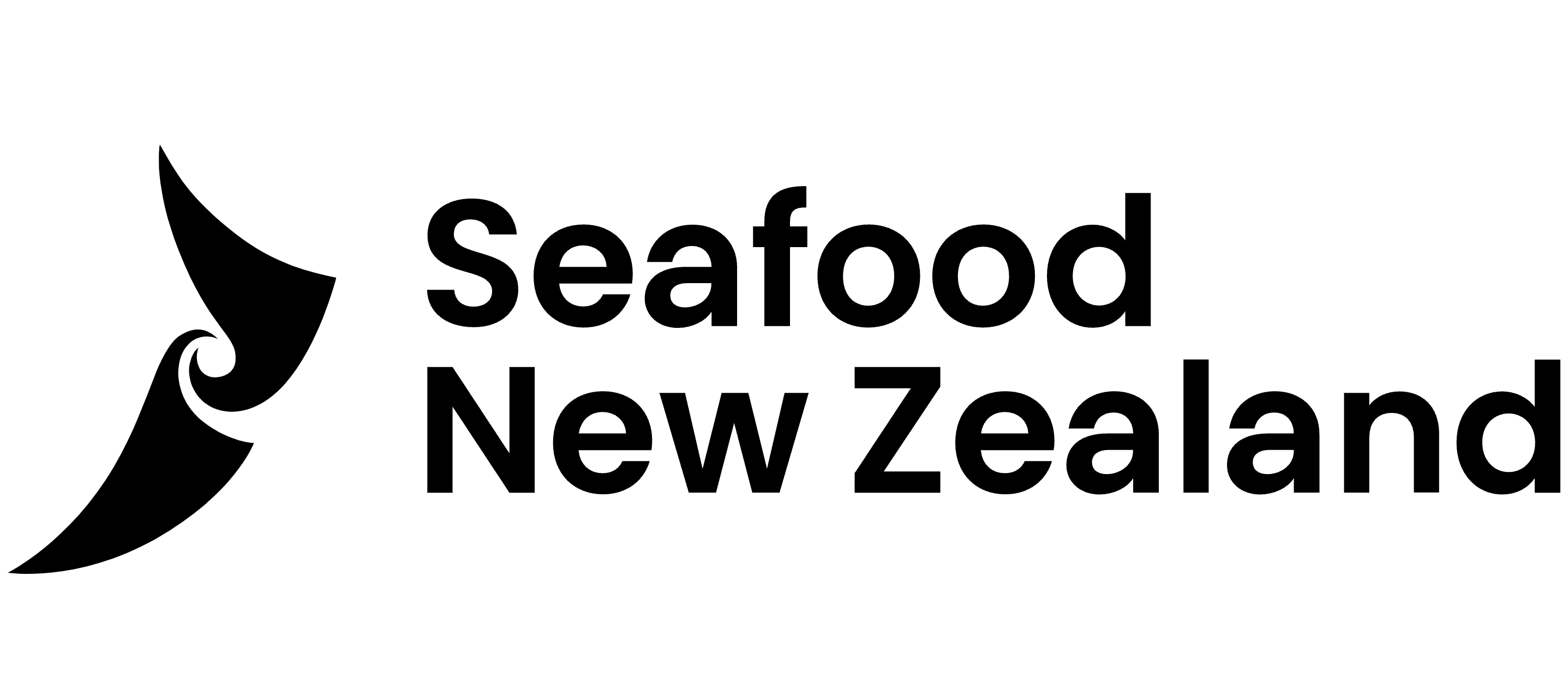May 13, 2019
A ‘revised understanding’ of the threat to Maui and Hector’s dolphins is being welcomed by the commercial seafood sector.
The scientific assessment, led by NIWA’s Dr Jim Roberts and Quantifish, a quantitative fisheries science company, has identified toxoplasmosis, a microscopic parasite spread by cats as the main non-fishery cause of death, and responsible for killing nine Hector’s and Maui dolphins recovered since 2007.
Seafood New Zealand chief executive Tim Pankhurst said the industry is playing its part to prevent dolphin deaths, particularly Maui of which only an estimated 60 remain. Hector’s dolphins, while classified as endangered, are much more numerous, numbering around 15,000.
“The industry remains focused on preventing dolphin deaths. No Maui death has been attributed to commercial fishing since 2002 and that is because we have vast areas of ocean closed to trawling and set-netting in dolphin territory.”
Over 6,200 square kilometres of coastal waters are closed to set net fishing activity and 1702 square kilometres to trawl fishing activity.
In addition, there is almost 100 percent observer coverage in Maui territory. There is nearly 100 percent government observer coverage in the waters still fished. In set-net territory – from New Plymouth to Hawera – there is observer coverage 120 days per year, which equates to 95 percent coverage of all fishing. This would be 100 percent if more observers were available. In the trawl fishery from Kaipara Harbour to Hawera there is 600 days observer coverage each year, which equates to 90 percent of all fishing effort.
“It is heartening to see recognition
that commercial fishing is not the most significant threat
to the sustainability of the dolphins and with that, the
opportunity to prevent further deaths,” said
Pankhurst.
Dr Roberts said; “the new assessment has
significantly altered understanding of the relative risk to
Hector’s and Maui dolphins from commercial
fisheries.”
Pankhurst said blaming commercial fishing for Maui dolphin deaths was a default position for many fishing opponents but, as Dr Roberts points out, the numbers of dolphins dying from toxoplasmosis are likely to be much greater than commercial fishery deaths and may add up to hundreds each year.
Dr Roberts research also demonstrates
that fisheries bycatch is not, under current conservation
measures, sufficient to be the major driver of further
population declines for both Hector’s and Maui.
“The
commercial fishing industry will continue to work to prevent
dolphin deaths. However, we would like to see a more
balanced dialogue around alternative threats. Addressing
both recreational set-netting, which remains unregulated,
and toxoplasmosis would be a great start.”
NIWA’s press release can be found here; https://www.niwa.co.nz/news/scientists-reach-new-understanding-of-main-threats-to-hectors-and-maui-dolphins
ends



 Great Journeys New Zealand: Scenic Plus Winter Menu Launched
Great Journeys New Zealand: Scenic Plus Winter Menu Launched Tourism New Zealand: Tourism New Zealand Invites The World To Find Their 100% Pure New Zealand In New Global Campaign
Tourism New Zealand: Tourism New Zealand Invites The World To Find Their 100% Pure New Zealand In New Global Campaign Bill Bennett: Comcom warns 2degrees over satellite marketing
Bill Bennett: Comcom warns 2degrees over satellite marketing Transpower: Major Electricity Development For Western Bay Of Plenty A Step Closer
Transpower: Major Electricity Development For Western Bay Of Plenty A Step Closer Alcohol Beverages Council: Turning The Tide - New Zealanders Unite To Curb Harmful Drinking
Alcohol Beverages Council: Turning The Tide - New Zealanders Unite To Curb Harmful Drinking University of Auckland Business School: Economists Urge Action To Prevent ‘AI Poverty Traps’
University of Auckland Business School: Economists Urge Action To Prevent ‘AI Poverty Traps’


